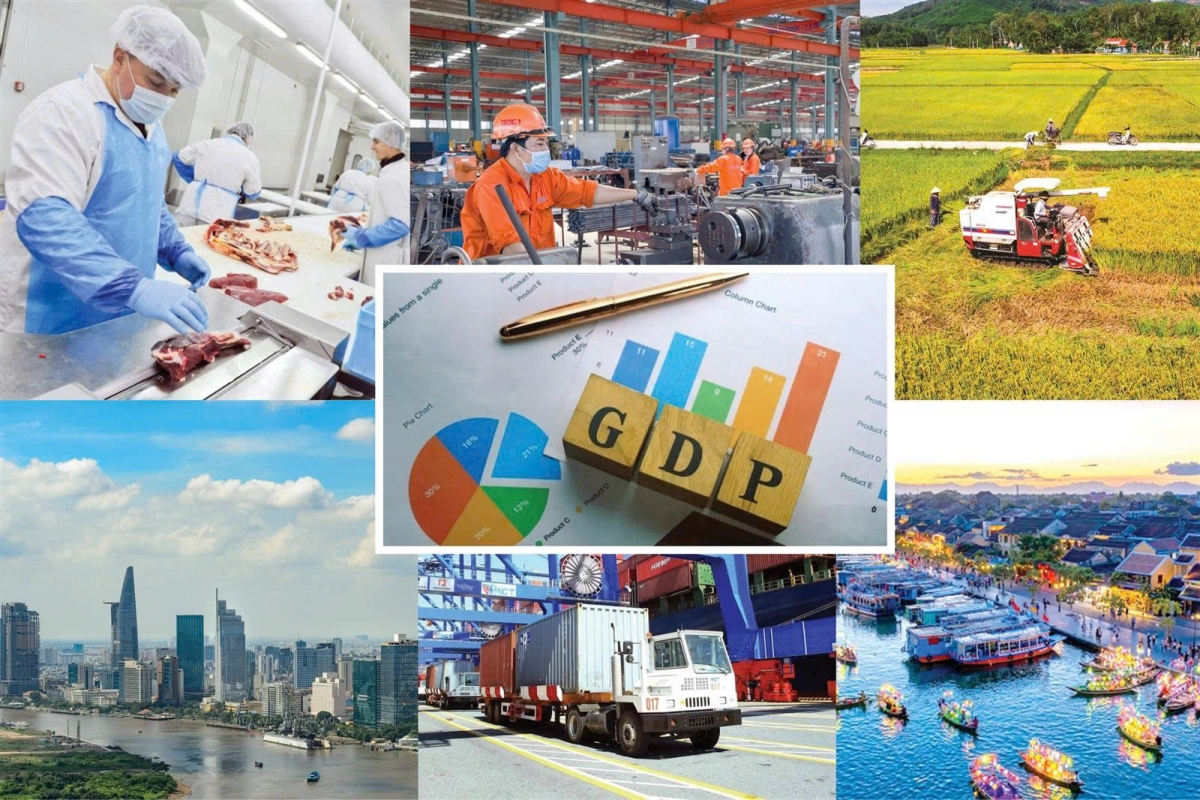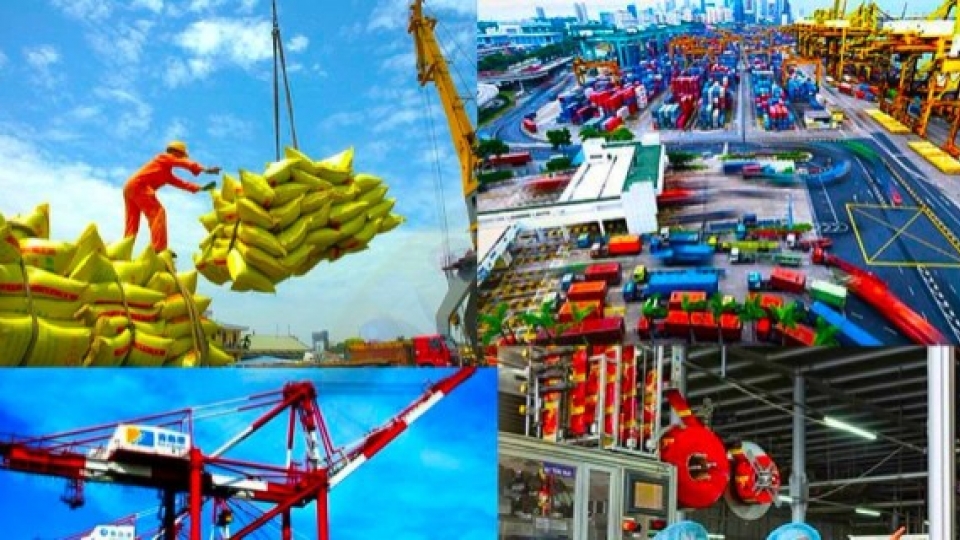ADB lowers Vietnam’s GDP growth projection to 6.3% in 2025
VOV.VN - The Asian Development Bank (ADB) has revised down its forecast for Vietnam’s GDP growth to 6.3% in 2025 and 6.0% in 2026, down by 0.3 and 0.5 percentage points respectively from its previous forecast three months ago.

In its Asian Development Outlook (ADO) July 2025 released on July 23, the bank says the downgrade is largely attributed to weaker export prospects amid rising US tariffs and global trade uncertainties, coupled with softening domestic demand. Despite short-term challenges, ADB experts believe that Vietnam’s economy will remain resilient through 2025 and 2026.
According to the bank, strong export and import growth, along with a surge in foreign investment disbursement, drove economic performance in the first half of 2025. Foreign direct investment (FDI) commitments rose by 32.6%, while FDI disbursement increased by 8.1% year on year, indicating growing international confidence in the country’s economic outlook.
Public investment disbursement has also hit its highest level since 2018, meeting 31.7% of the yearly plan in the first half, up 19.8% from the same period last year. However, a recently announced trade agreement with the US in early July imposes significantly higher tariffs on Vietnamese exports, which could reduce demand in the second half of 2025 and into 2026.
Furthermore, the Purchasing Managers' Index (PMI) for manufacturing has signalled a slowdown since late 2024, suggesting mounting pressure on the industrial sector.
The bank notes that accelerating domestic reforms could help mitigate these external risks and strengthen internal growth drivers. Inflation is expected to ease to 3.9% in 2025 and 3.8% in 2026.
Alongside Vietnam, ADB also revised downward its economic growth forecasts for many developing economies in Asia and the Pacific, citing intensifying trade tensions, tariffs, and global trade uncertainties. Regional growth is projected at 4.7% in 2025, down 0.2 percentage points from April, and 4.6% in 2026, down 0.1 points.
China, the region’s largest economy, is expected to grow 4.7% in 2025 and 4.3% in 2026, with consumer and industrial stimulus partially offsetting the drag from real estate and export weakness.
India, the second-largest economy, is forecast to expand 6.5% in 2025 and 6.7% in 2026, slightly lower than previous estimates due to trade uncertainty and US tariffs impacting exports and investment.
Elsewhere, Southeast Asia is anticipated to be hit hardest, with growth revised down to 4.2% in 2025 and 4.3% in 2026, a 0.5 percentage point reduction from April’s projections.
In contrast, Central Asia and the Caucasus are projected to grow faster than previously expected, with growth revised up to 5.5% in 2025 and 5.1% in 2026, driven largely by higher oil production.
ADB also warns of rising risks to the regional outlook, including escalating geopolitical tensions and supply chain disruptions, higher energy prices, and a deeper-than-expected downturn in China’s property market.
On a positive note, inflation across developing Asia and the Pacific is projected to ease, supported by falling oil prices and strong agricultural output. Inflation is now forecast at 2.0% in 2025 and 2.1% in 2026, down from April’s projections of 2.3% and 2.2%, respectively.
“Asia and the Pacific has weathered an increasingly challenging external environment this year. But the economic outlook has weakened amid intensifying risks and global uncertainty,” said ADB Chief Economist Albert Park. “Economies in the region should continue strengthening their fundamentals and promoting open trade and regional integration to support investment, employment, and growth.”





